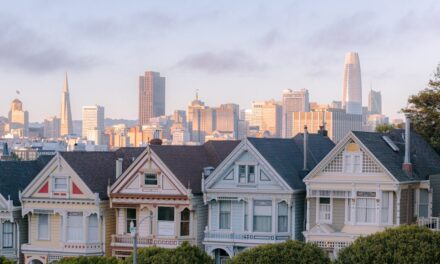Escondido, a city nestled in San Diego County’s lush valley, unfolds a history as colorful and diverse as its landscapes.
Escondido’s journey is a captivating story of growth, challenges, and transformation from indigenous beginnings to present-day dynamism.
Table of Contents
Pre-Colonial Roots: The Land of the First People
Indigenous Heritage: Long before Spanish explorers set foot in California, the area that is now Escondido was home to the Kumeyaay people. They thrived on this land, harmoniously living off its rich resources and shaping a culture deeply connected to nature.
European Influence and the Spanish Era: The arrival of Spanish missionaries in the 18th century marked a turning point. The Mission San Diego de Alcalá introduced new cultural and agricultural practices, fundamentally changing the region’s landscape.
The Birth of a City: Post-Mexican Independence
Township Formation: Following Mexican Independence, the land that was part of mission holdings became available for private ownership, leading to the establishment of ranchos. This era set the stage for Escondido’s official founding in 1888.
Agricultural Boom and Development: With fertile soil and a favorable climate, agriculture flourished in Escondido. Citrus, avocados, and grapes became the backbone of its economy, attracting settlers and fostering a burgeoning community.
Twentieth Century: Challenges and Growth
Economic Shifts: In the 20th century, Escondido transitioned from a primarily agricultural community to a more diversified economy. While agriculture remained significant, the city expanded into other sectors, adapting to the broader economic changes of the region.
World War II and Its Impact: The war brought infrastructural development and population growth to Escondido, as it did to many parts of California. Post-war, the city experienced a real estate and commercial boom, reshaping its identity and landscape.
Cultural Richness and Diversity
A Melting Pot of Cultures: Escondido’s growth welcomed people from various backgrounds, creating a multicultural community. This diversity is mirrored in the city’s vibrant cultural scene, festivals, and culinary experiences.
Preservation and Celebration of Heritage: The city takes pride in preserving its historical sites and celebrating its diverse heritage through museums, art galleries, and cultural events, such as the annual Grape Day Festival.
Modern Escondido: Balancing Progress and Preservation
Urban Development: Today, Escondido is a city that skillfully balances urbanization with preservation. It’s home to modern amenities and businesses while maintaining its natural beauty and historical sites.
Environmental Stewardship: Escondido continues to honor its commitment to the environment through conservation efforts, sustainable practices, and the promotion of green spaces like the Daley Ranch and Elfin Forest Recreational Reserve.
Q&A: Unveiling the Layers of Escondido’s Past and Present
Q: How has Escondido’s indigenous heritage influenced its modern culture?
A: Escondido’s indigenous roots are evident in its respect for nature, showcased in city parks and conservation efforts, as well as in cultural festivals celebrating its native history.
Q: What role did agriculture play in shaping Escondido’s economy?
A: Agriculture, particularly citrus and avocado farming, was pivotal in Escondido’s early growth. It shaped its economy and attracted a workforce that contributed to the city’s development.
Q: How has Escondido adapted to the challenges of the 20th and 21st centuries?
A: Escondido has adapted through economic diversification, embracing industries like technology and healthcare while preserving its agricultural and cultural heritage.
Q: What makes Escondido unique in the context of California’s cities?
A: Escondido’s blend of historical preservation, cultural diversity, and commitment to environmental stewardship sets it apart as a city that respects its past while innovatively forging its future.
Q: How does Escondido balance urban development and natural preservation?
A: Through strategic city planning that incorporates green spaces, promotes sustainable practices, and involves community participation in environmental initiatives.
Q: What future developments are planned for Escondido?
A: Future developments include enhancing public infrastructure, expanding cultural and recreational facilities, and fostering a business-friendly environment while ensuring sustainable growth.
Escondido’s Ongoing Saga
Escondido’s history is not just a record of the past; it’s a living narrative that continues to evolve.
As the city strides into the future, it carries with it the legacy of its diverse roots, the resilience of its people, and a vision of sustainable and inclusive growth.
Escondido is a testament to the possibility of harmonizing historical reverence with modern advancement, inviting everyone to be part of its unfolding story.





